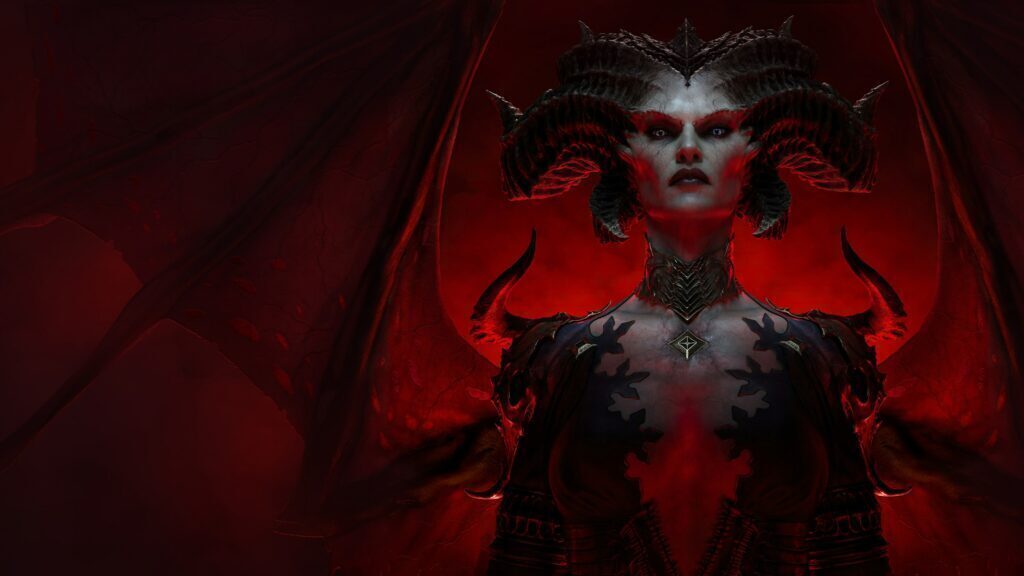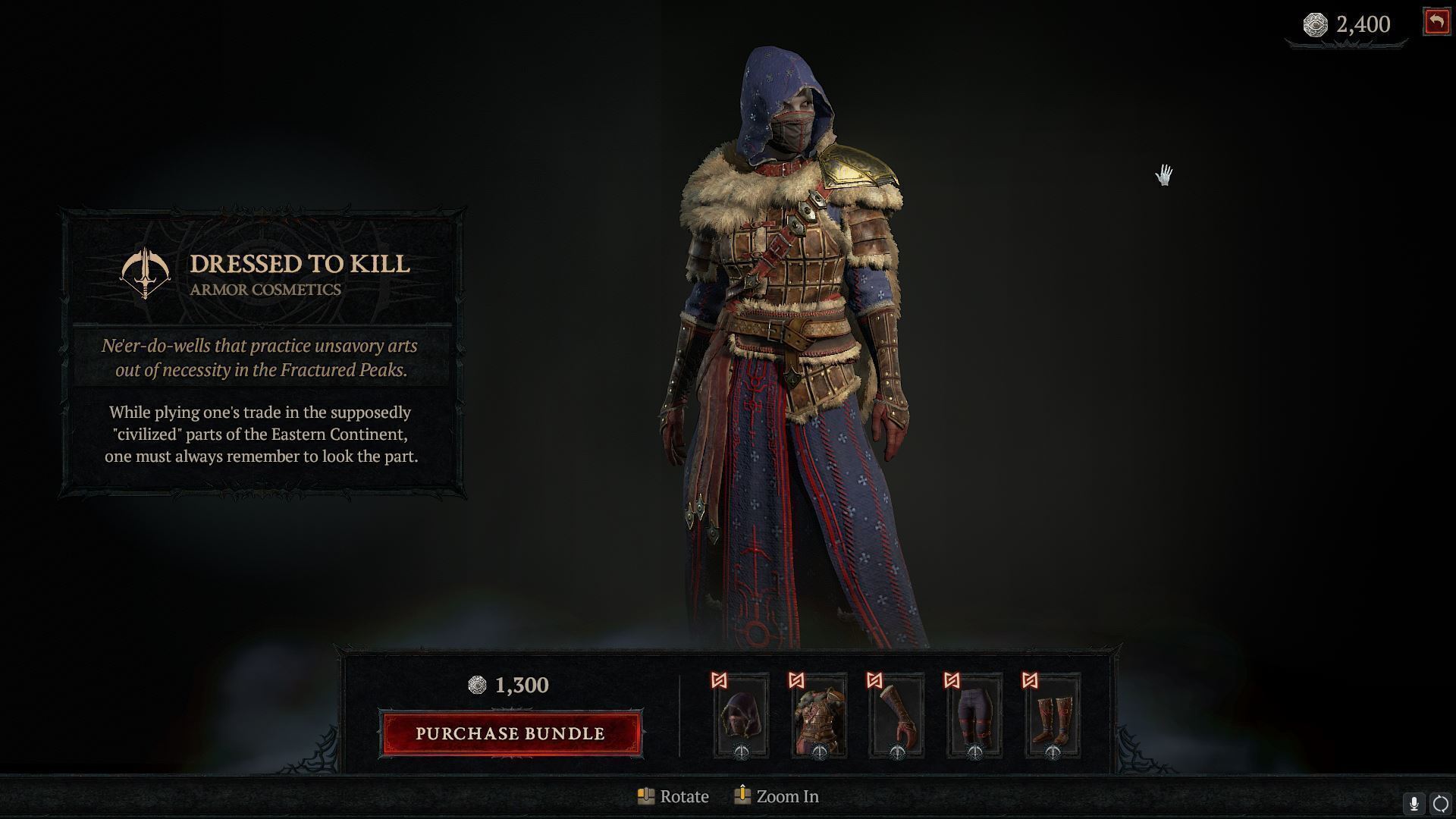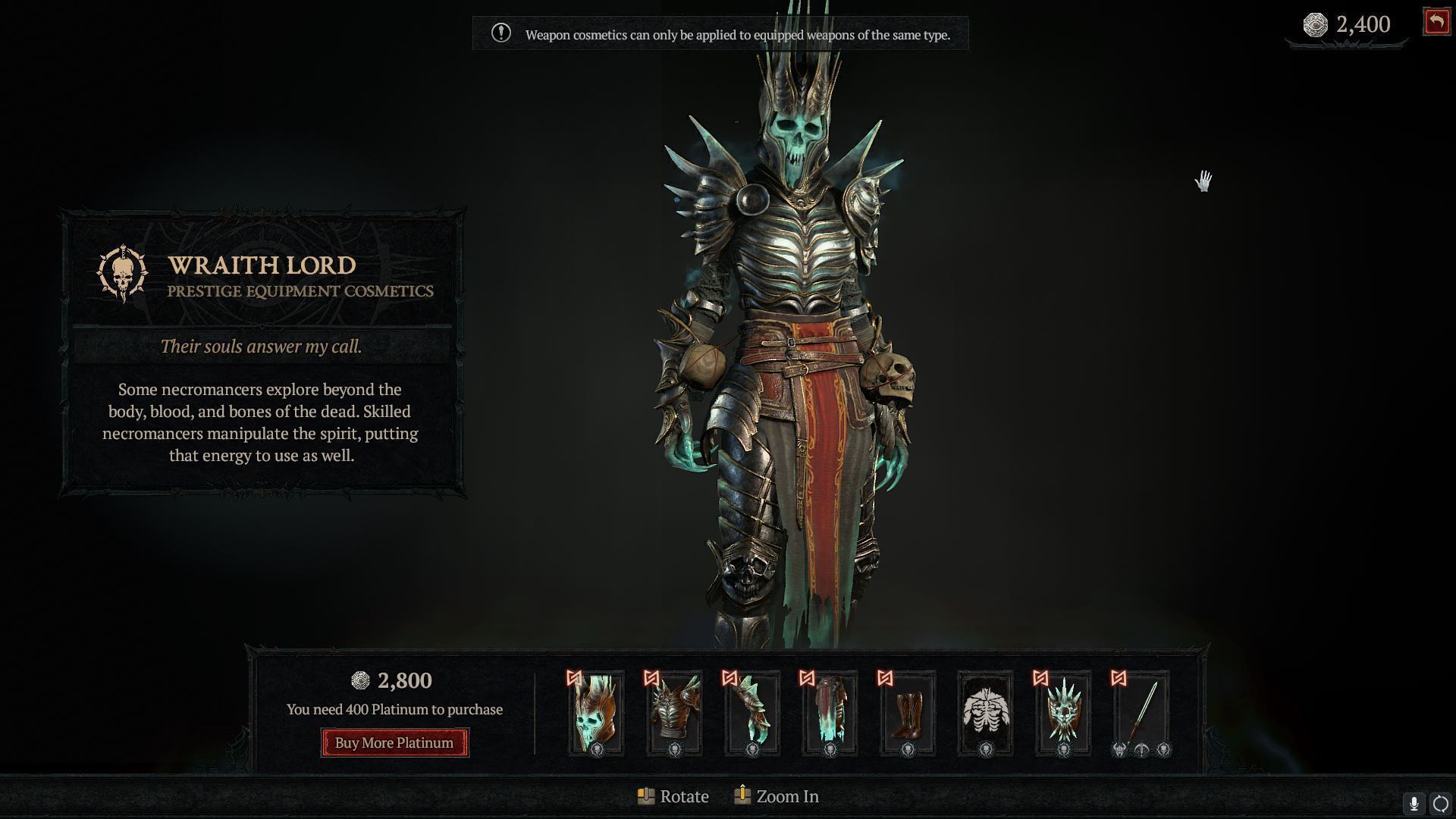Diablo IV doesn't match the rapid pace of its immediate predecessor but that's actually a good thing. You'll want to immerse yourself in the story before jumping into the deep item and class customisation the game offers, even if that cliffhanger ending isn't all that well executed.
-
Story
-
Gameplay
-
Replayability
-
Visuals
-
Performance
Diablo IV, if you’ve been paying attention, follows on from the other games in the series. In practise it’s got more in common with Diablo II from 2000 than with 2012’s Diablo III but it manages to pull together aspects of both titles — and other Blizzard properties — to create something almost wholly fresh.
That does mean that old hands expecting to dive in and start mowing down mobs and clearing dungeons with venomous alacrity are in for a slight shock. Diablo IV starts at a slower pace than its predecessors. The first-time players clear the game; it’s all about the story, rather than any of the later mechanics. The experience isn’t something to be sidelined so you can go on your Torment-level RNG-fuelled loot hunt. It’s surprisingly deep, until the very end of the tale which doesn’t do the buildup as much justice as it deserves.
Where is Diablo?
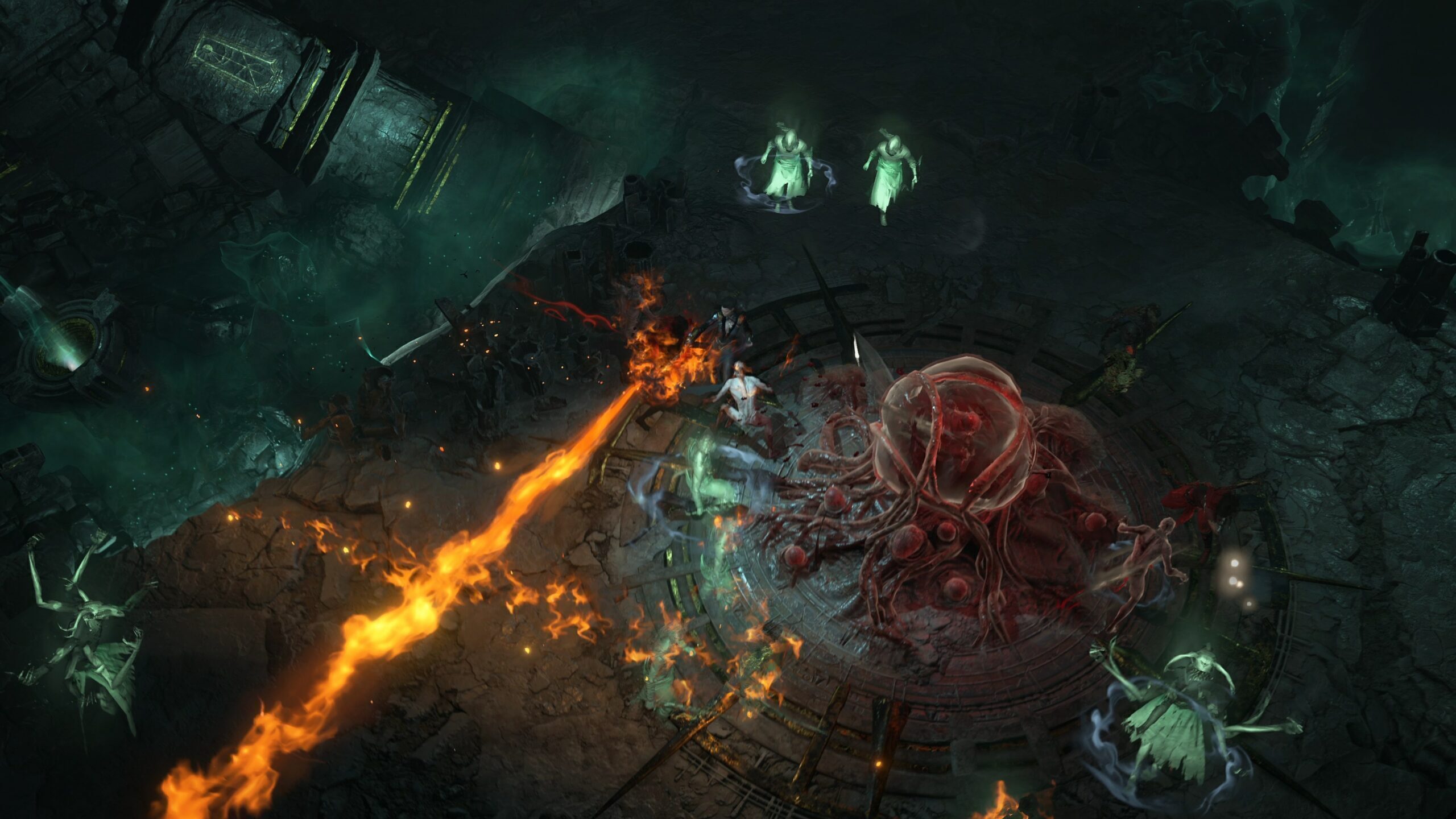
There are several classes available from the outset of Diablo IV, all of which are largely user-friendly. Whether you’re a Barbarian, Necromancer, or Druid, you’ll find the ability to soak up damage or grind down mobs immensely useful. The squishy little Sorcerer is a chore during the opening levels but players can happily solo mobs with that class. The only option that might take some practice is the Rogue, which specialises in one-on-one combat. You really need to party up to make the most of its skills. Whatever you choose, you’ll be dropped into the deep narrative-based on the events at the end of Diablo III.
In other words, Diablo has been defeated. In fact, that particular Prime Evil doesn’t make an appearance in the fourth instalment of the game. There’s a new threat instead. Lillith (there’s nothing biblical about this, we promise. Vampiric, perhaps) has been freed from her prison and threatens the integrity of Sanctuary. Demons and angels are both worried about the outcome and it’s up to you, the human character who almost freezes to death and who is then roofied by some cultists in the games opening hour or so, to take her down. Just another day at the office, right?
We’re being snarky but Blizzard has gone all-out on most of Diablo IV‘s story. The final punch is pulled, right at the end, in favour of a cliffhanger that suggests either a) a pending expansion or b) the existence of a Diablo V to carry on the narrative journey but the ride there is very worth experiencing. It’s helped by the changes in world design, which lends itself to the gameplay tweaks and the sense of story scale players will experience.
Have mace, will travel

The world of Sanctuary is absolutely massive and you won’t have seen everything by the time you complete the game’s story. Yes, even if you’re absolutely pedantic about completing every side quest that comes your way. And there are a bunch (and you’re limited to 20 of them at a time, a cap we hit far too often). It’s because of this that players have access to a mount (eventually). Before that, you’ll be footing it across vast sections of countryside until you activate the specific portal for that area.
Quests call for players to crisscross this wide and varied land, taking on all manner of demonic, undead, animal, and vampiric foes (depending on where you happen to be). These mobs are locked to a specific area, so you can often outrun those that don’t have a slowing effect (damn you, tiny spiders! And flies, for some reason). We won’t spoil any of the smaller stories, or even the larger one featuring Lillith but there’s plenty of space in there for characters to have some sort of impact. It’s not Shakespeare, but there’s more going on than in previous games.
Ding, ding, ding
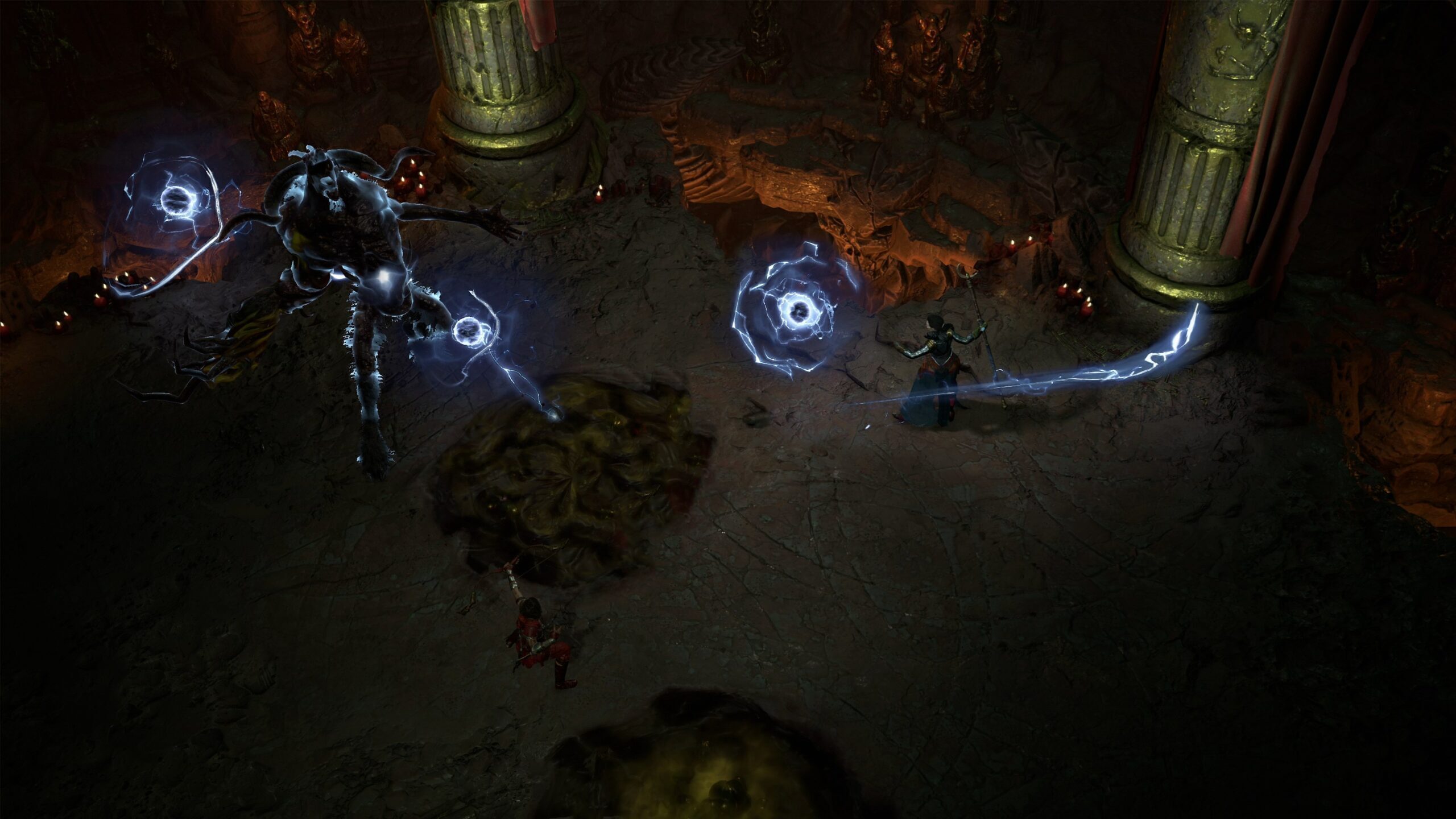
The RPG elements for Diablo IV have been finely tuned. The skill tree owes something to Diablo III, in that the skill types are about the same, but unlocks are more like Diablo II in nature. From Level 1 to 50, players will earn points to assign to those skills. From Level 51 to 100, these give over to Paragon points which are a) earned more frequently and b) don’t let you directly boost your offensive or defensive skills.
Instead, you’ll buff your stats, damage, total health and armour percentages, and more. The Paragon system gets deeper the further you go and we’ve got a way to go there still but it’ll keep you busy right up until Level 100 if you want it to.
The same goes for the weapon and armour systems. Again, Diablo III has some influence here but stores have fewer items to choose from and, at the earlier stages of the game, upgrading individual items, buying sockets, and rerolling the stats of an almost perfect item are almost prohibitively expensive. It’s also almost never worth actually buying gear unless your drop-rate luck truly sucks.
Later, when there’s loot falling out of everything and you’ve learned how to one-shot mobs, you can start looking at over-optimising builds so you can survive on the unlockable Tier III: Nightmare and Tier IV: Torment world states. Players can access Tier I and Tier II from the start of Diablo IV but Tier I is suggested for a first playthrough. Once you’ve cleared the story once, a Tier II starter character becomes more doable.
A heroic effort
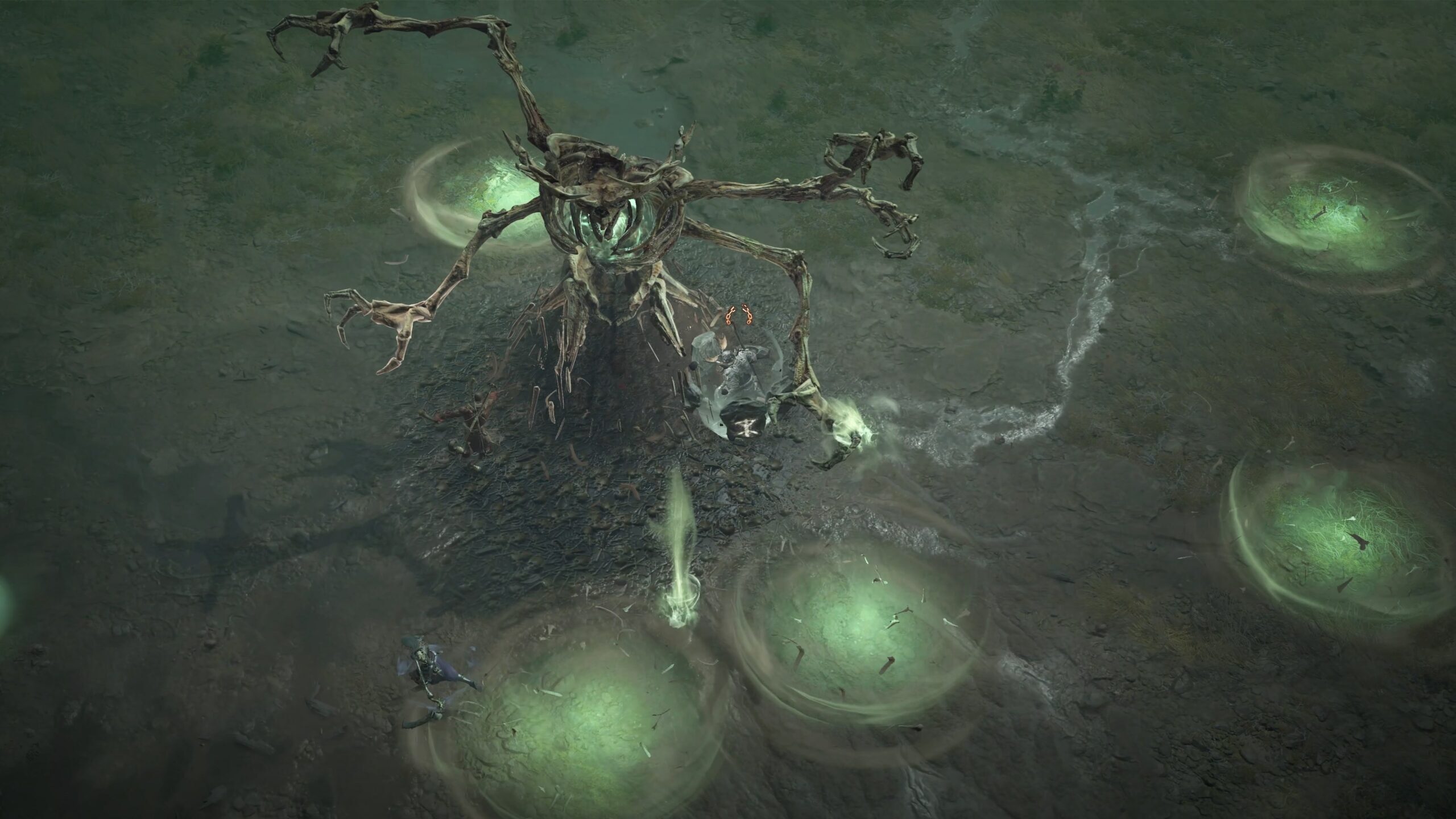
Nice touches are Diablo IV‘s Transmog system, which only requires that you break down an item at a blacksmith to have its appearance stored and assigned to the relevant item. The same goes for the Elixr and Incense features, which bump up player resistances and also increase XP generation for short periods. It’s fun to try these at Tier II but from Tier III onwards, Elixr usage in particular is almost essential in some dungeons.
Speaking of dungeons, players can alter Rare (yellow) gear, upgrading them to Legendary (orange) status using aspects. This requires gold, the right collection of resources (which are found in the world or by breaking down gear), and Aspects. These can be cribbed from existing Legendary items but some are found by completing specific dungeons dotted around the Sanctuary overworld.
These sometimes coincide with side quests but often you’ll venture into Diablo IV‘s objective-based hellscapes for no reason other than they’re there. And you want the Aspect you gain from completing the run, obviously. They’re not always easy, but they’re worth the reward.
All is not well
With Diablo IV, you have to take the good with the bad. With the improved story and refined character levelling system comes baked-in microtransactions. These follow the Ubisoft and Fortnite models of being purely cosmetic, so it’s up to you whether you’ll drop (potentially) thousands of rands on gear transmogrifications that have no impact on gameplay whatsoever. They just look cool. It’s a little lame that Blizzard marks the Store tab in the game’s menu to look like an unread notification but it’s perfectly possible to ignore it throughout your travels.
Diablo IV‘s Season Pass stuff hasn’t really started yet but if it’s anything like Diablo III‘s seasons, players will grind specific tasks to earn specific gear. They’ll likely have to pay for entry for some of it, with other objectives being freely available to all players regardless of financial status. Yay, capitalism! But since it’s all nonessential, its extra expense will rely entirely on how bad your FOMO is.
Endgame
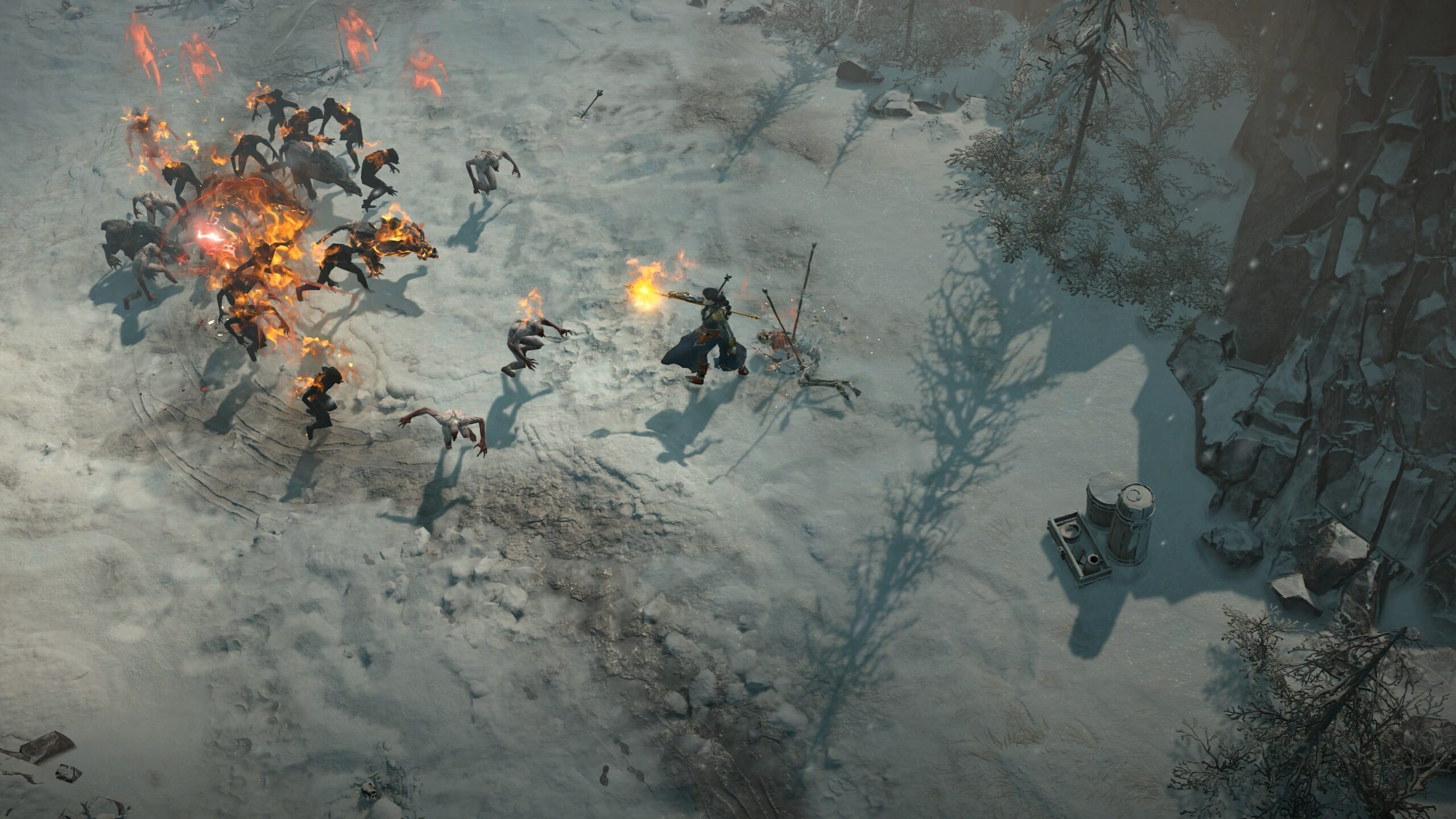
And once you’ve put Lillith to bed? That’s when Diablo IV finally picks up speed. Higher difficulties mean you have access to events like Whispers of the Dead (basically Diablo III‘s Bounties on a larger scale), Nightmare Dungeons (like the current dungeons, but harder and with better gear drops), and Helltide events where you’ll collect shards that open specific chests in a specific area.
These go along with quests that only open after the story has been completed, plus existing Events and limited-time World Boss events that call for masses of players to get together to defeat them in time. There’s even more to find and complete but that starts taking place around Level 70 and we had to stop playing and write this review at some point (before immediately heading back and continuing playing).
Diablo IV verdict

Diablo IV isn’t what you’re expecting from your ARPG but that’s hardly a bad thing. This is Blizzard’s best story in years. Gameplay is as refined as it gets, though we’ll expect a few tweaks in the coming months just to keep the various builds from becoming stagnant. The only drawback? Those microtransactions, and the potential for the game to slide south as the months go by. It’s possible that Blizzard will sidestep anything negative but there are aspects here that feel like a money grab. If those aspects take over, Sanctuary could be a more unpleasant place to explore. As it stands, though, it’s well worth your time and effort.

